If you're planning to visit a national park with your electric vehicle, you're probably wondering if you'll be able to find a charging station. Not all national parks have EV chargers, but many are adding them as demand grows. In this article, we'll cover which parks offer charging stations, how to find them, and what to expect when charging your EV in the great outdoors.
Availability of EV Chargers in National Parks
While some national parks across the country have been adding charging stations to meet the growing demand from electric vehicle owners, not all parks are fully equipped. National parks, by their very nature, are often located in remote areas with limited infrastructure, and that makes it harder to install charging stations in every park.
Many parks are realizing the importance of providing charging stations, especially as more visitors show up with electric vehicles. However, the availability of these chargers is still somewhat limited, and some parks might only have a few charging spots—usually located near popular visitor centers or main roads.
If you’re planning to visit a national park with your EV, it’s always a good idea to check ahead of time to see if the park has charging stations. And if they do, make sure you know where they’re located. It can be a bit of a hit-or-miss situation depending on the park’s size and location.
Top National Parks with EV Chargers
While not all national parks have EV charging stations, many popular ones are quickly catching up to the growing demand for electric vehicle infrastructure. In fact, there are now over 140 EV charging stations spread across national parks in the U.S.

These stations are helping visitors to enjoy the beauty of nature while keeping their EVs charged and ready to go. Below are some notable national parks that offer charging stations, making your trip more convenient and eco-friendly.
-
Cape Cod National Seashore
Located in Massachusetts, Cape Cod National Seashore is a popular spot for beachgoers, hikers, and nature lovers. This park now offers four Level 2 charging stations, which are perfect for those looking to recharge their EVs while enjoying the scenic coastline. Whether you’re exploring the dunes or relaxing on the beach, you can plug in and keep your vehicle ready for your next adventure.
-
Death Valley National Park
Known for its extreme temperatures and vast desert landscapes, Death Valley National Park in California is one of the largest and most remote national parks in the U.S. Despite its size and isolation, Death Valley has made significant strides in supporting electric vehicles. The park features six free charging stations located at The Oasis, a popular spot for visitors. These chargers are available to park guests at no cost, making it easier to enjoy the desert's beauty without worrying about your vehicle’s battery running low.
-
Yellowstone National Park
Yellowstone, the nation’s first national park, is another prime example of EV-friendly parks. This iconic park, known for its geothermal features and wildlife, has nine of the 100 EV charging stations located across 27 national parks. Yellowstone’s charging stations are primarily Level 2 chargers, allowing visitors to recharge their vehicles while exploring its stunning landscapes. Whether you're admiring Old Faithful or hiking through the Lamar Valley, you can rest assured that your EV will stay charged.
-
Other Notable Parks with EV Chargers
-
Grand Canyon National Park: One of the most visited national parks in the U.S., the Grand Canyon is also equipped with charging stations. The park has a number of charging stations, particularly near the South Rim, making it easy for EV owners to explore the canyon without worrying about running low on battery.
-
Yosemite National Park: Famous for its towering granite cliffs and giant sequoias, Yosemite is another park that has embraced EVs. Several charging stations are available, especially near popular spots like Yosemite Valley and Wawona.
-
Zion National Park: In southern Utah, Zion is known for its red rock canyons and dramatic landscapes. Visitors with electric cars can find charging stations near the park’s main entrances and visitor areas.
-
Rocky Mountain National Park: This stunning park in Colorado has several EV chargers located near its main access points, providing an easy way for EV drivers to explore its high-altitude trails and alpine lakes.
These are just a few examples of national parks that offer EV charging stations, but the trend is growing. As more visitors drive electric vehicles, national parks across the country are continuing to add and improve charging infrastructure to make green travel more accessible.
How to Find EV Charging Stations in National Parks
Now that you know some national parks offer charging stations, the next question is: how do you actually find them? The good news is that there are several great tools available to help you locate charging stations on your journey. Here’s how you can easily plan your trip and make sure you never run low on battery while exploring the great outdoors:
-
Charging Station Apps: There are several apps designed specifically for EV drivers, which allow you to search for charging stations based on your current location or along your planned route. These apps let you filter the results to show only those stations that are within or near national parks, so you can easily spot the nearest one while you're traveling. Plus, they often include user reviews and real-time updates on availability, so you’ll know exactly where to go when it's time to charge.
-
Maps & Navigation: Many map and navigation tools now include EV charging stations in their search results. You can simply search for "EV charging stations" and see a list of options near you. These tools will often show useful details like the distance to the station, ratings from other users, and even information about pricing and amenities.
-
Park Websites and Visitor Centers: Some national parks provide up-to-date information about charging stations on their official websites. Before your trip, check the park’s website to see where the charging stations are located, how many there are, and whether they require reservations or fees. Visitor centers in larger parks often have maps or staff who can direct you to the nearest charging station as well.
By using these tools, you can easily plan your route and ensure you’ll always have access to a charging station when you need it. With a little bit of preparation, you can explore national parks in your EV without worrying about running out of power!
Do Campgrounds Allow EV Charging?
If you’re planning to camp in a national park, you might be wondering: Can I charge my EV at the campground? The answer depends on the specific park and campground. Some campgrounds are equipped with basic electrical hookups that can charge an EV, while others might not offer anything more than standard outlets for your RV or tent.
If the campground has electrical outlets, you can likely use them to charge your EV, but it’s important to confirm that they provide enough power for charging. Not all campgrounds are set up for EV charging, so it’s always best to call ahead or check the park’s website to see what amenities are available.
Additionally, some national parks might allow EV charging at specific locations, such as visitor centers, but not at campgrounds. If charging at the campground is important to you, be sure to check first to avoid any surprises.
How Much Does It Cost to Fully Charge an EV at a Station?
So, how much is it going to cost you to charge your EV at a national park? Well, the price for charging an EV can vary depending on the location, the charging network, and how much electricity you need. Typically, EV charging stations charge either by the hour or by the kilowatt-hour (kWh).
-
By the Hour: Some stations charge a flat rate per hour, usually ranging from $1 to $3. This can be a good deal if you’re just topping off your battery while you grab a bite to eat or take a hike.
-
By the kWh: Many stations charge by the kWh, which means you pay for the amount of electricity you use. The average cost per kWh can range from $0.10 to $0.50, depending on the park and the charging network.
It’s also worth noting that some national parks or charging stations might offer free charging, especially in areas where the park is trying to encourage green tourism. Be sure to check the charging network’s website or app to get the most accurate pricing information before you plug in.
Conclusion
The good news is that national parks are catching up when it comes to providing EV charging stations. While the coverage isn’t perfect just yet, many parks are adding more charging stations every year. With the rise of electric vehicles and a growing demand for sustainable travel, it’s likely that more parks will follow suit.
If you're an EV owner, it's not just about finding charging stations in national parks—it's also about having reliable charging options at home and at your business. Whether you're looking for a home EV charger to conveniently charge your vehicle overnight or need commercial EV chargers for a larger fleet or business setting, Autel offers both solutions. Their high-quality charging stations are designed for efficiency and ease of use, ensuring you can stay powered up no matter where you are.

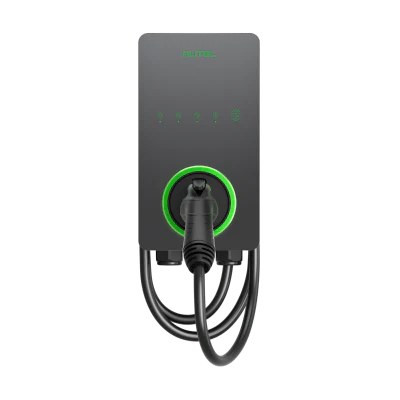
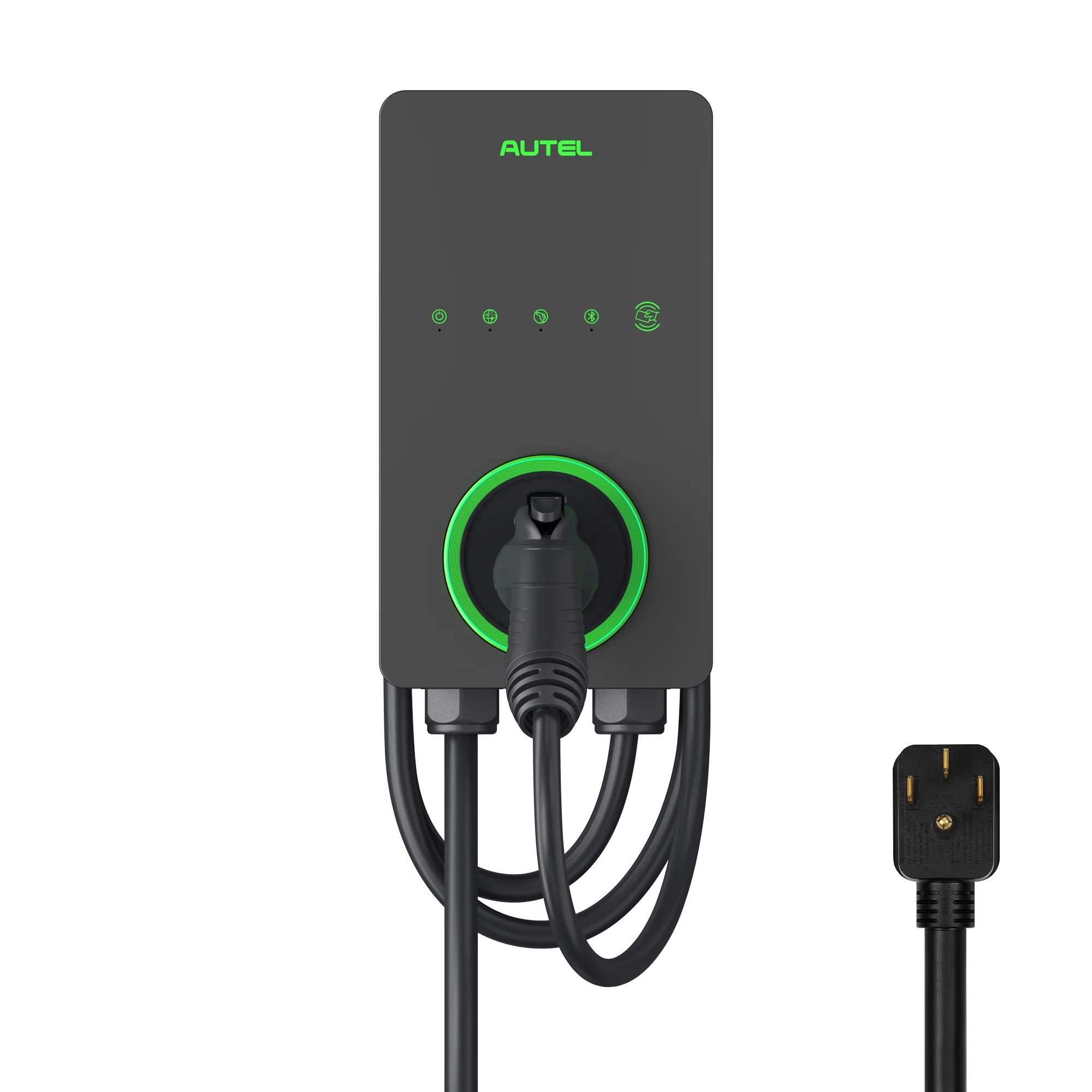
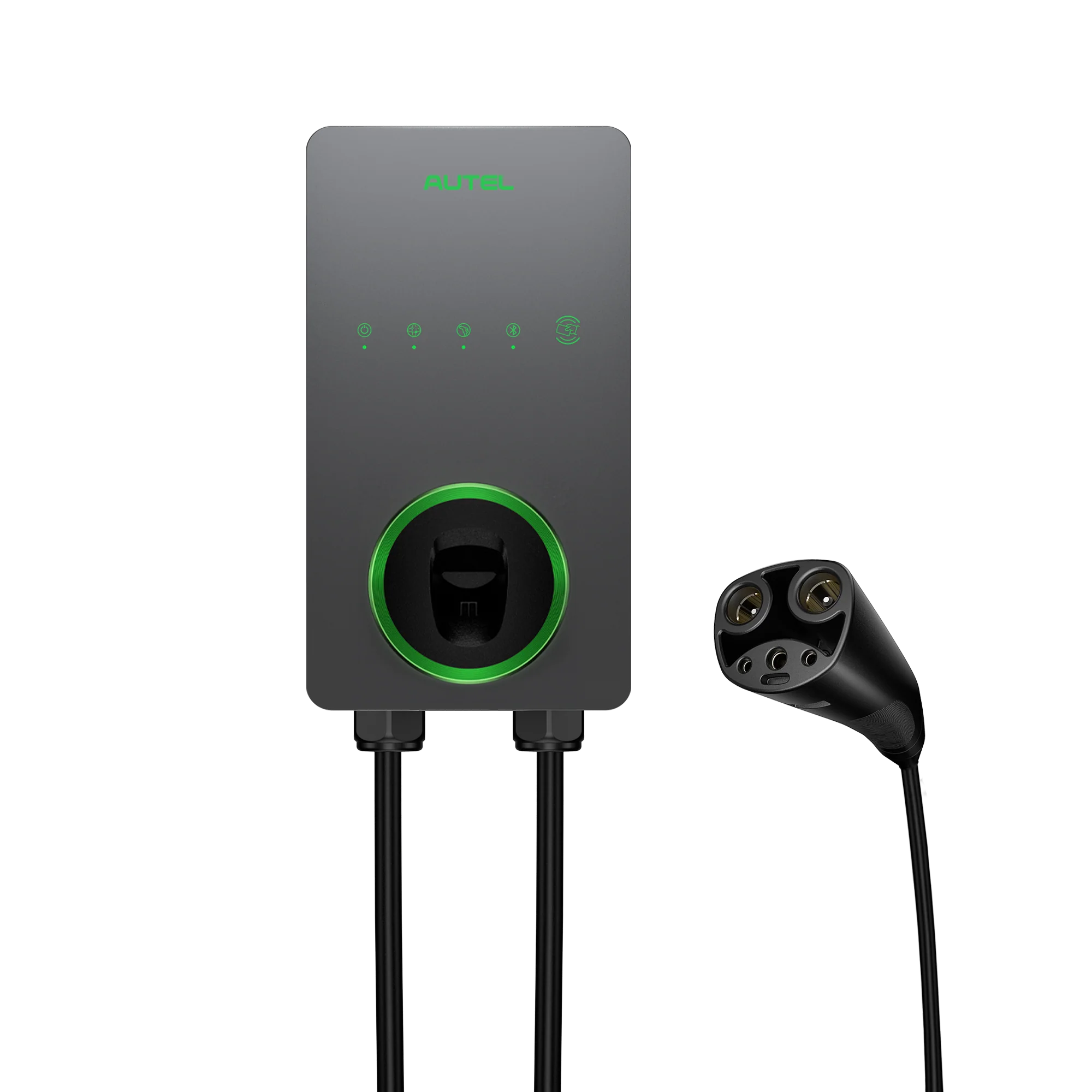
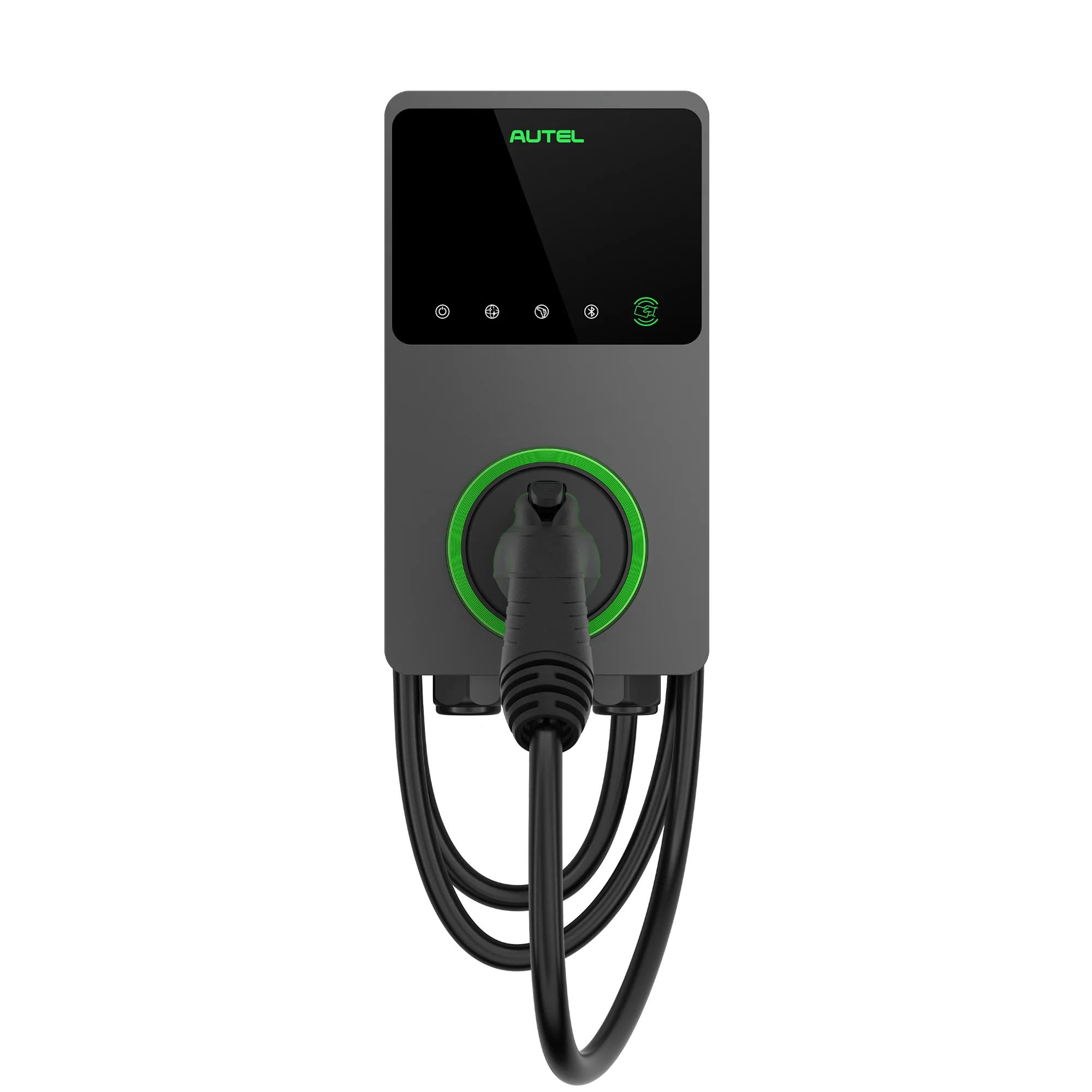
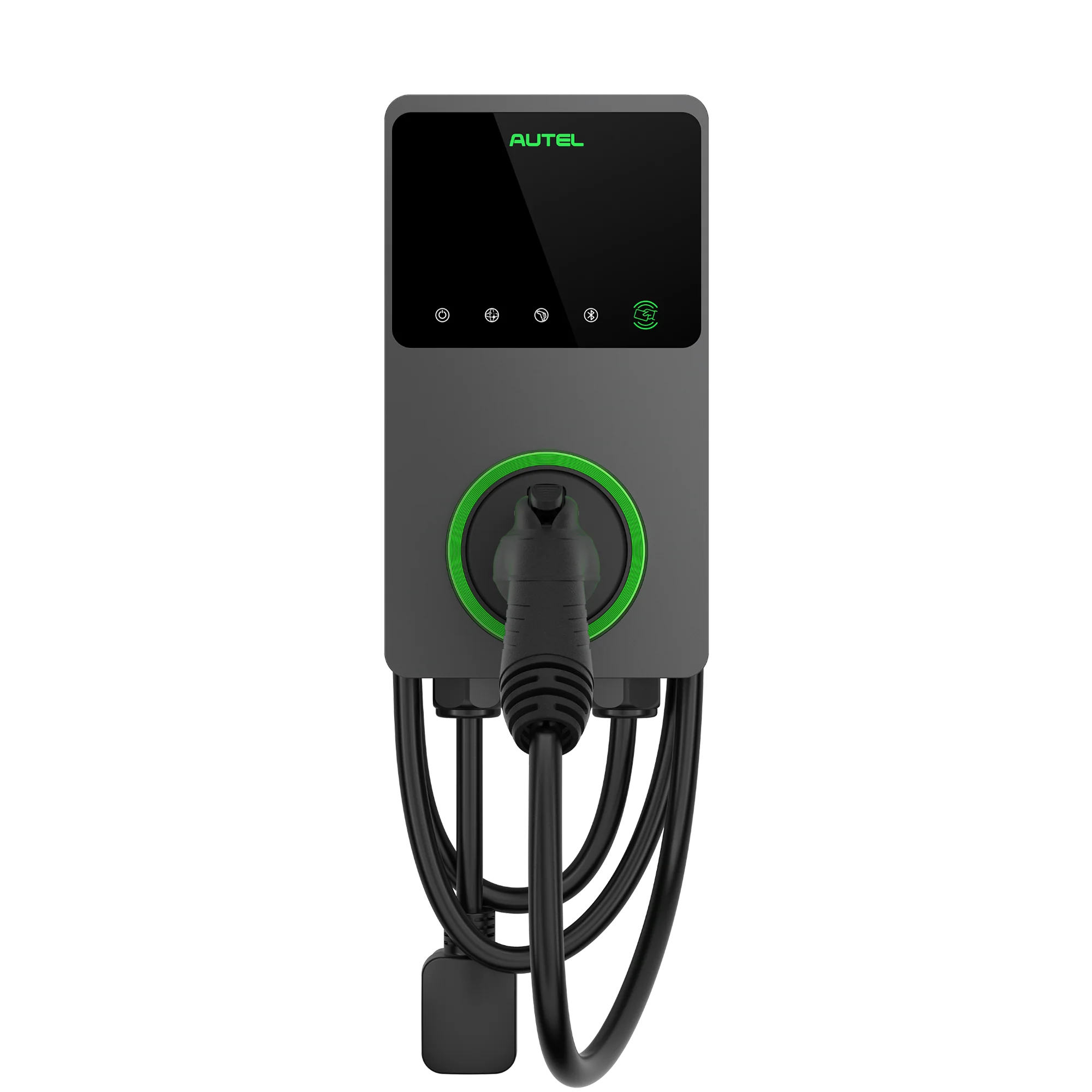
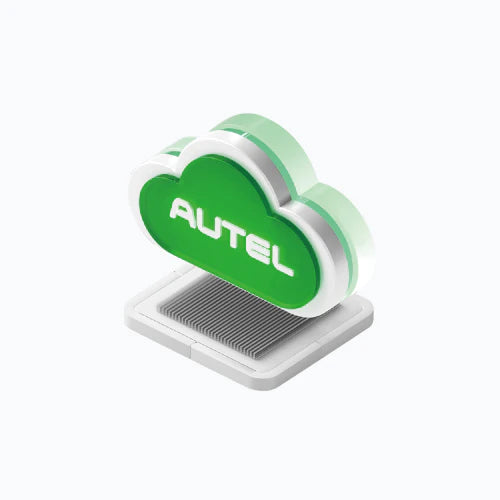
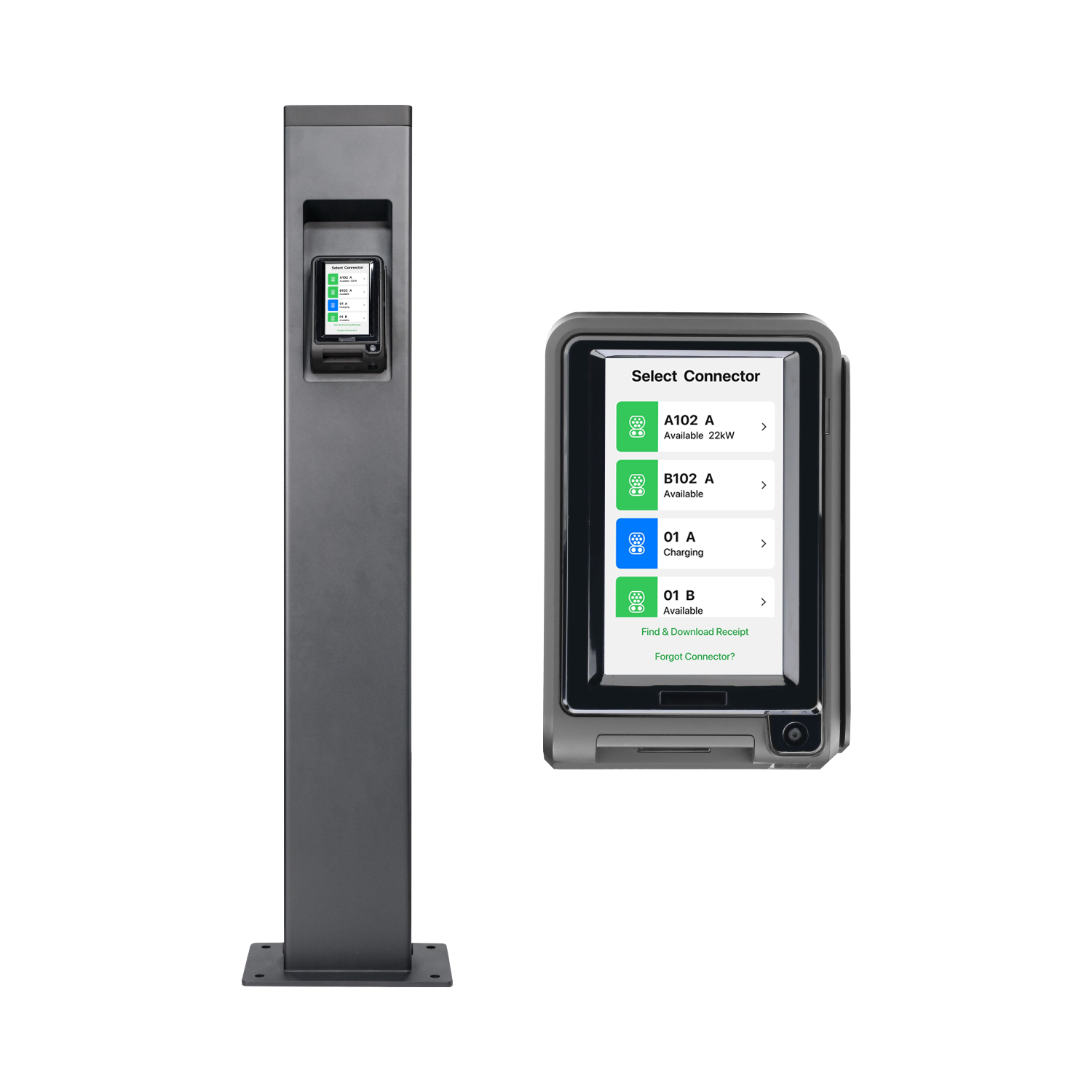
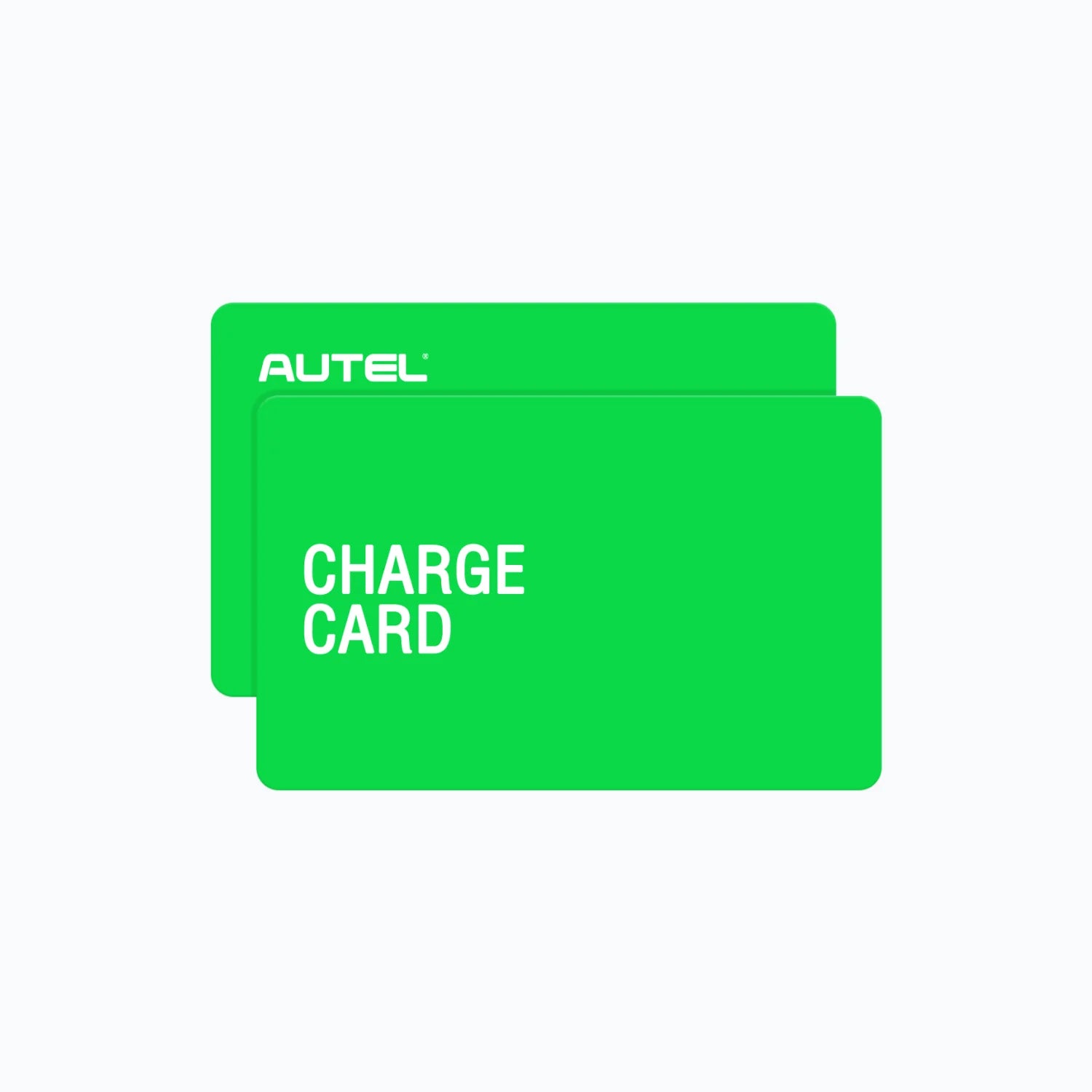
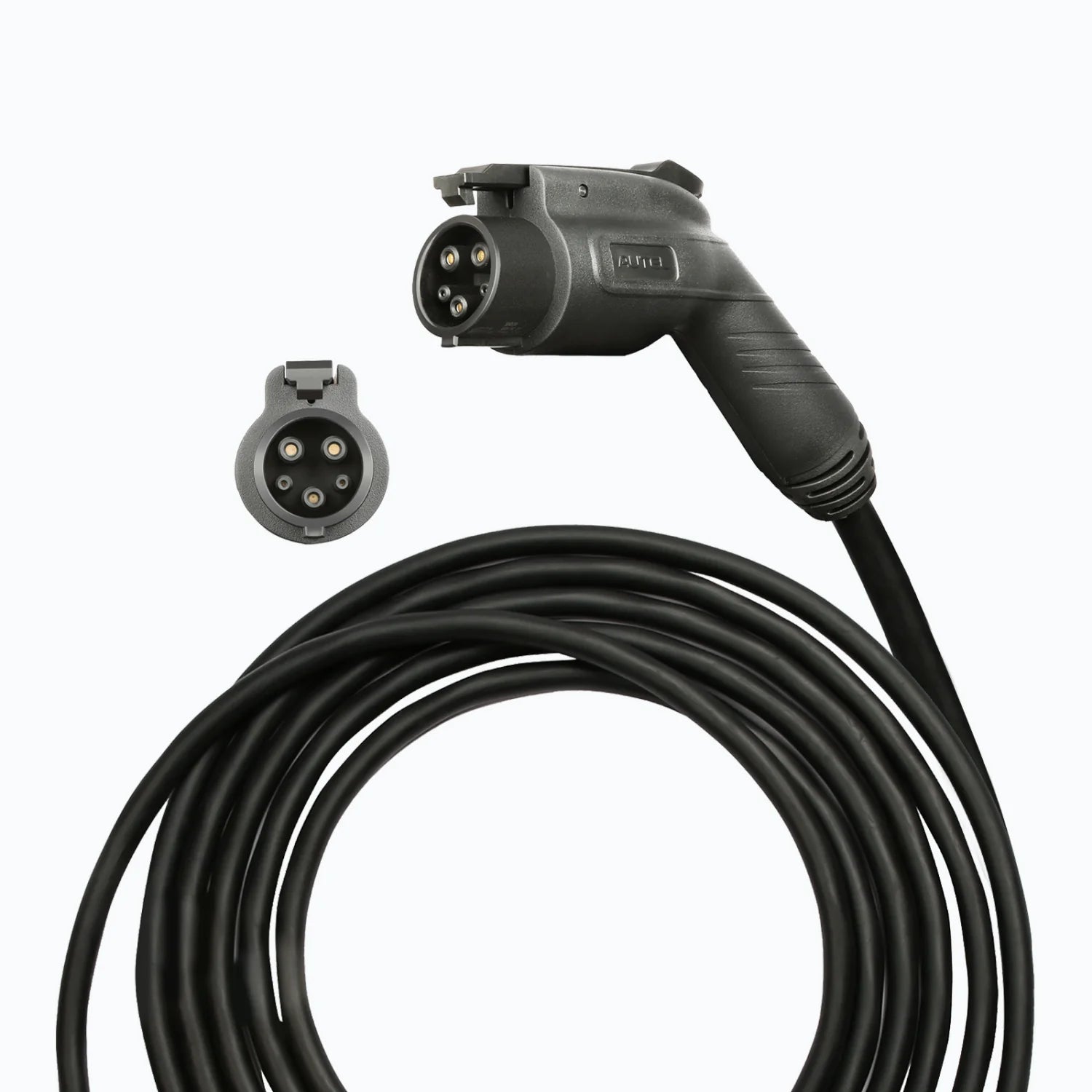
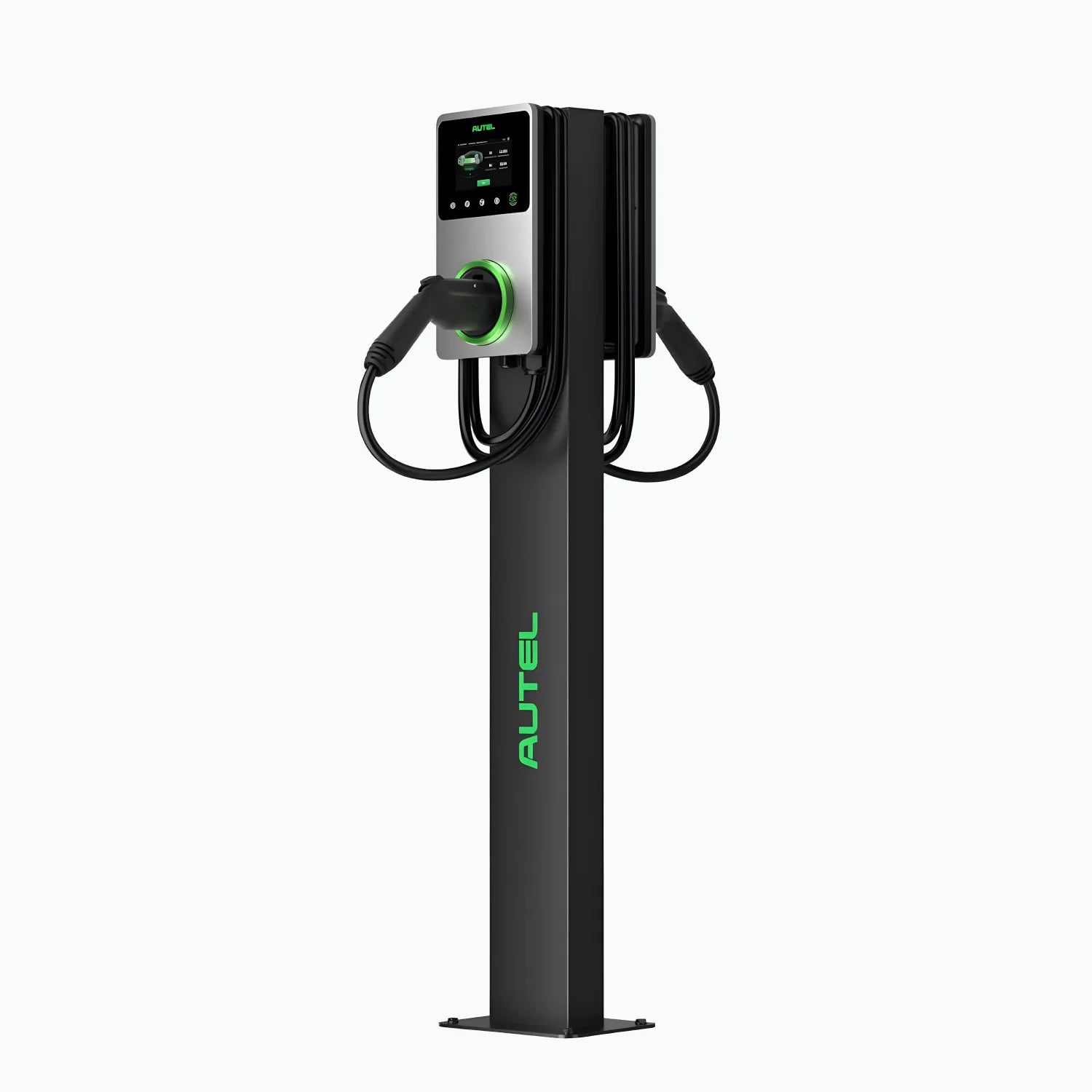
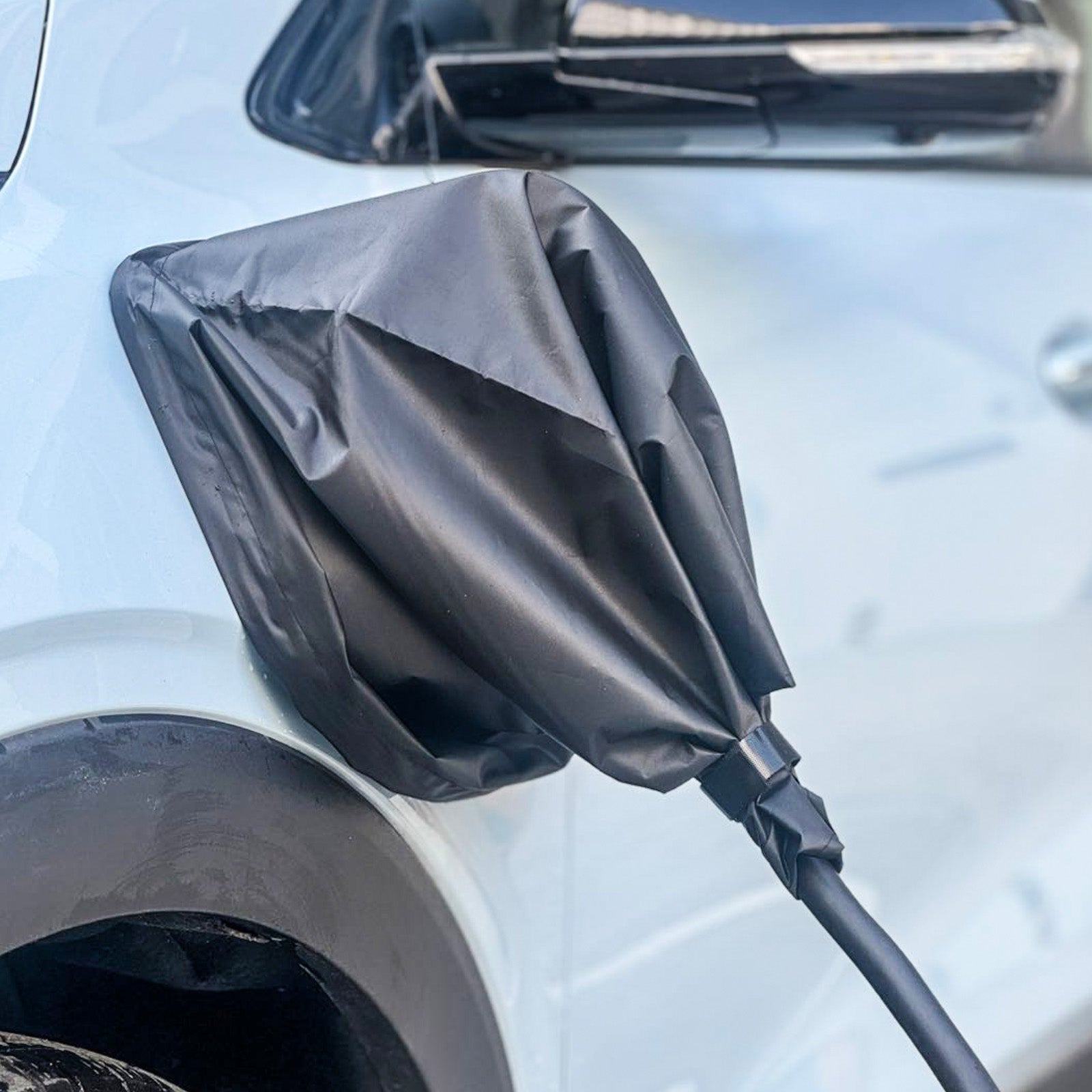
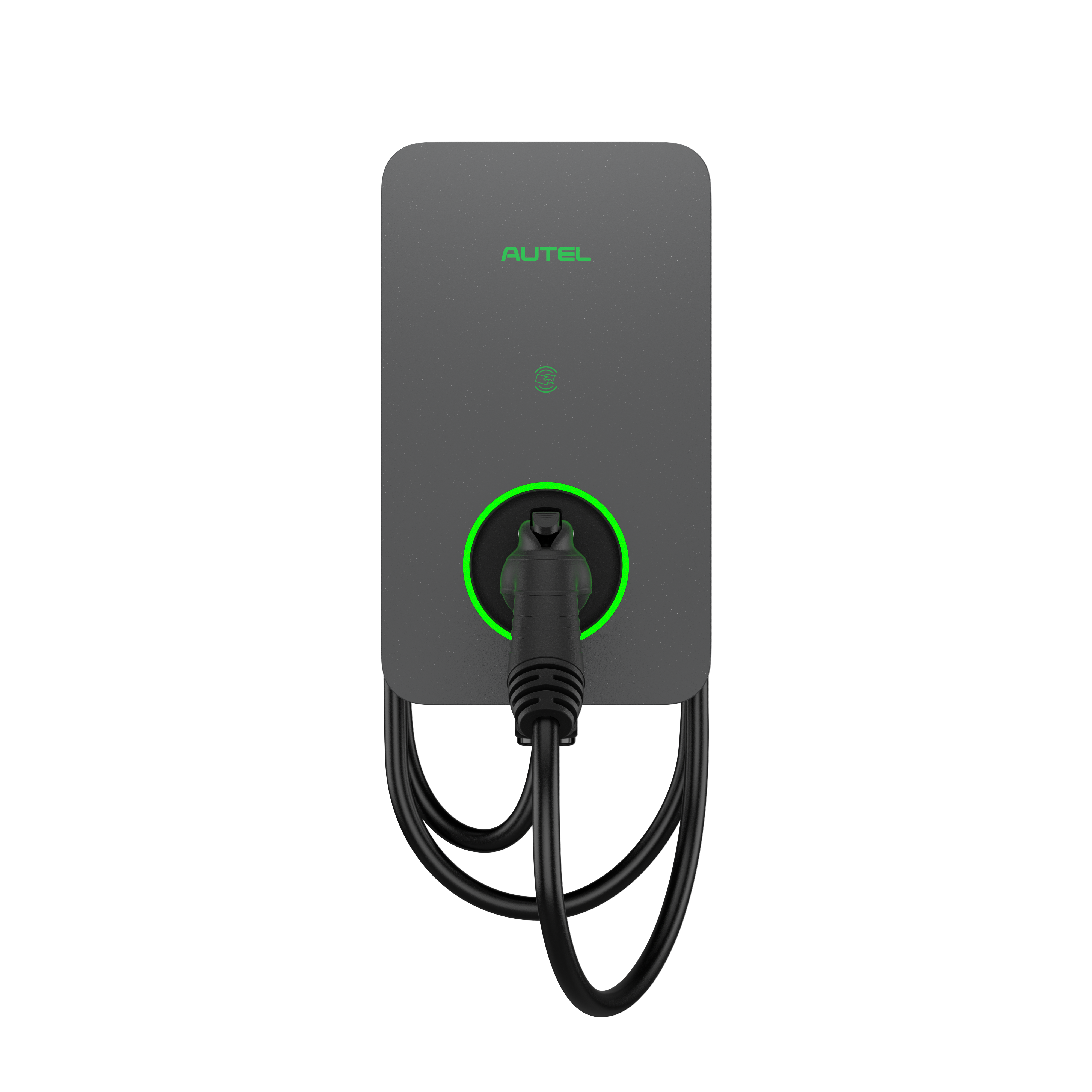
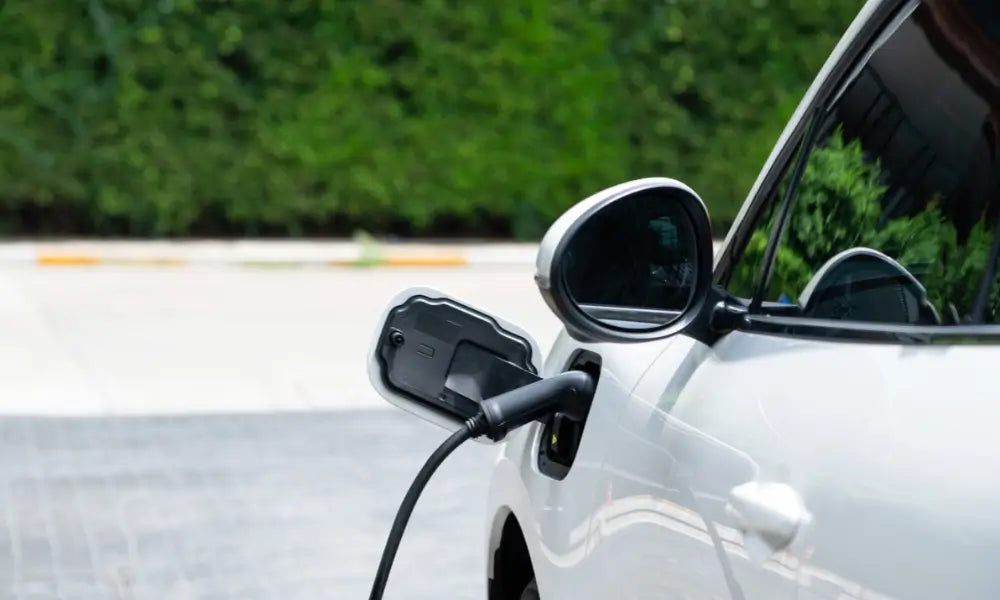
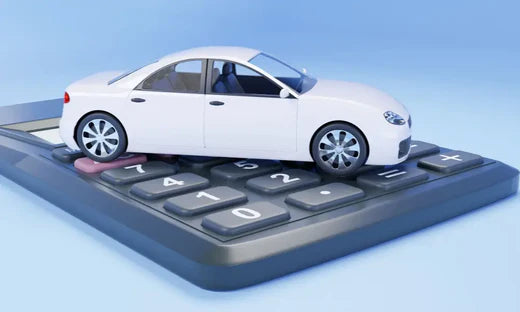

Dejar un comentario
Todos los comentarios se revisan antes de su publicación.
Este sitio está protegido por hCaptcha y se aplican la Política de privacidad de hCaptcha y los Términos del servicio.